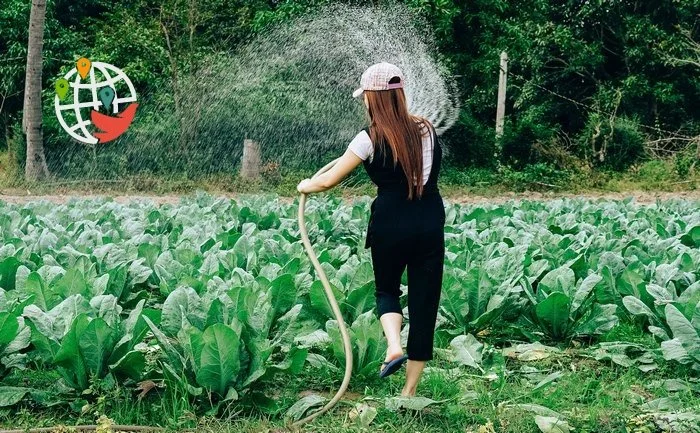It will now be easier for foreigners in Canada

The Government has taken a number of measures to improve the social protection of temporary foreign workers.
Year after year, foreigners come to Canada to support here agriculture, working in the agricultural and food sector. Their hard work and work experience play an important role in the food security of this country. This is why the Canadian government has decided that now, in a particularly difficult time of the pandemic, it is more important than ever to increase social protections for temporary foreign workers.
Although foreign workers have the same rights in Canada as Canadians and permanent residents, not all of them are aware of this, and therefore sometimes suffer from exploitation and other abuses by their unscrupulous employers.
On June 26, Minister of Employment, Workforce Development and Disability Inclusion Carla Qualtrow and Minister of Immigration, Refugees and Citizenship Marco Mendicino announced they are proposing new rules to help prevent mistreatment or abuse of temporary foreign workers during their stay in Canada.
"The health and safety of temporary foreign workers continues to be a key priority for the Government of Canada. While we have made progress, gaps remain. We know that temporary foreign workers need better information about their rights as well as better protection for their health and safety," commented Minister Carla Qualtrow.
The government has made 14 regulatory amendments to the "Immigration and Refugee Protection (Temporary Foreign Workers) Regulations" to achieve 3 main objectives:
1. Improve social protections for temporary foreign workers by requiring employers to provide them with information about their rights in Canada. Employers are prohibited from engaging in any form of retaliation against their workers, including charging employees a financial fee for their employment. Employers will be liable if their recruiters charge workers for such services. Employers are required to provide workers with reasonable access to medical services and health insurance when necessary.
2. The government has more power to regulate abusers: officials will now intensively monitor the assessment of applications (LMIAs) from new employers and delay their processing if there is suspicion of non-compliance with LMIA rules.
3. The government has increased capacity to effectively carry out inspections of employers' actions. This includes shortening deadlines and involving third parties (e.g. banks and payroll companies) to provide documents to support inspections.
The Government of Canada has also updated the operation of the Job Bank. Several new features now allow temporary foreign workers to search for jobs with suitable employers and help workers and their supporting organizations connect with employers directly through trusted sources.
A bit of a statistic:
- Each year, 50,000 to 60,000 foreign agricultural workers come to Canada, which is about 60% of all workers who can enter there under the Temporary Foreign Worker Program. So far in 2021, more than 41,000 workers have entered the country.
- The Seasonal Agricultural Worker Program (SAWP) is the stream most commonly used by agricultural producers. In 2019, approximately 30,500 work permits were issued under the SAWP, of which 9,100 (about 30%) were from the Caribbean and the remaining 70% from Mexico.
- In 2020, most foreign workers were on farms in Ontario (43%), Quebec (30%) and British Columbia (18%).

















